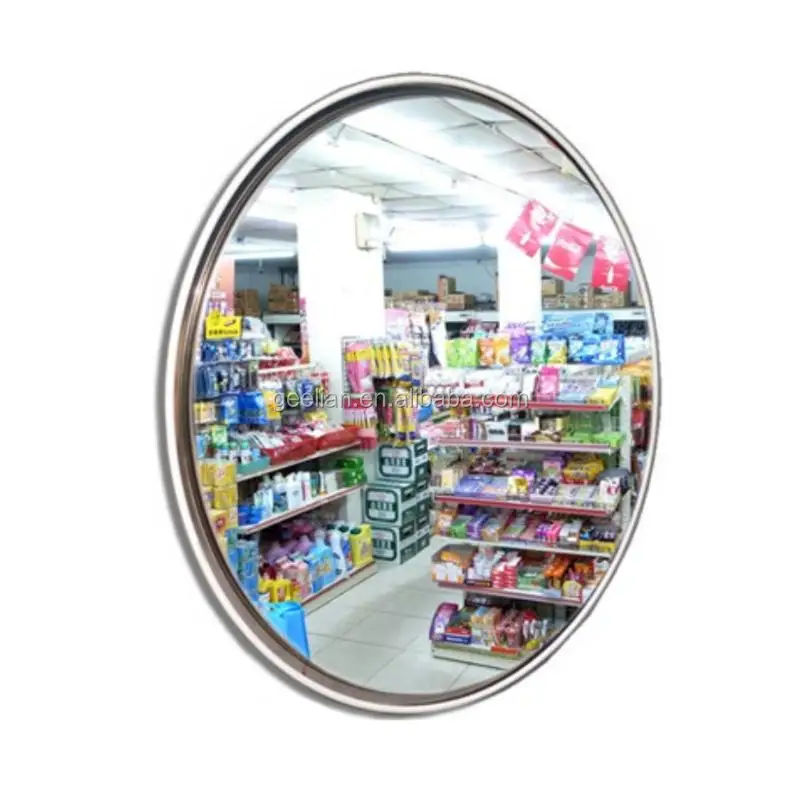

Therefore, the corner reflector is a useful device for radar system calibration. You can use them both at the same time if you have separate radios or use them with a diplexer and a single run of coax with a dual band transceiver. The corner reflector is a passive device used to directly reflect radio waves back toward the emission source. This means you can have two high gain, highly directional antennas in the same space of one VHF corner reflector. The Dual-Band Corner Reflector consists of two separate corner reflectors sharing the same boom structure. cornerreflector reflectorCorner creates a corner reflector backed dipole antenna for an operating frequency of 1 GHz using default values.

Gamma Match: Inline, Direct feed - UHF & N connector. Reflector Elements: 1/4" x 16" / 48" solid aluminum. Reflector Elements: 1/4" x 16" solid aluminum. No endorsement may be inferred from the mere listing of a URL or link. DISCLAIMER: Any links provided are for the reader's enjoyment. Model CR 146 Corner Reflector Radiation Pattern 2022 Arrow Antenna, LLC. Gamma Match: Inline, Direct feed - N connector. Corner Reflectors Corner Reflector for 70cm. Reflector Elements: 1/4" x 32" solid aluminum. Gamma Match: Inline, Direct feed - UHF connector. Reflector Elements: 1/4" x 48" solid aluminum. This applet shows how light is reflected from a corner mirror. The reflector helps the monopole collect signals over a wider aperture resulting in signals coming in stronger from the direction that the corner is pointing at. This corner reflector antenna features a higher front-to-back ratio that powerfully rejects unwanted signals, enabling it to deliver superior performance in areas where RF signals are. Powerful signal direction 8.5 dB forward gain ensures signal is aimed in desired direction. Regardless of your application, you'll be hard pressed to find a better way to spend your antenna dollar. A corner reflector antenna is basically a monopole antenna with a metallic 'corner' reflector placed behind it. Delivers superior performance in areas of concentrated RF signals. The Corner Reflector has less phase distortion causing less errors and fewer re-tries. The Corner Reflector is reported to give better performance for packet and high speed data links than long boom yagis even though the yagi had a higher S reading than the Corner Reflector. The Corner Reflector gives you the gain of a 10+ foot Yagi with almost double the front to back ratio and a much wider bandwidth. The screen was then formed into a right angle to improve the forward gain and front-to-back ratio which created the corner reflector. The single reflector was turned into a screen for a greater back and side rejection. Other custom sizes are also available upon request.In the logical progression of antennas, the ordinary dipole gave way to the Yagi-Uda which utilized directors and a reflector. SAGE Millimeter offers many standard trihedral corner reflectors with the size of the edge length from 1.8” to 16”. For a given sized reflector, the lower the frequency, the smaller the RCS. From the chart you can see that the radar cross section is frequency dependent. The calculated radar cross section and relative magnitude of a 10” side length (7.07” edge length) trihedral reflector is shown in the plots below. Therefore, the trihedral corner reflectors provide a very high Radar Cross Section (RCS) target for radar system testing and characterizations. In trihedral corner reflectors, the waves that hit the corner reflector are bounced by each surface, three times total to result in reversed direction waves sending back towards the source. Where λ is the wavelength of the radar signal. The effective radar cross section is calculated by Where “a” is the side length of the trihedral. The trihedral corner reflector is made with three right angle plates which is illustrated in the figure below. This offers a convenient way for quick field setup. While the dihedral corner reflector is sensitive to its mechanical alignment, the trihedral corner reflect is highly tolerant to misalignment. The commonly seen corner reflectors are dihedral and trihedral. A corner reflector is a passive device used to reflect radio waves back toward the transmit source. In general, the corner reflector consists of mutually intersected perpendicular plates. The corner reflector is a passive device used to directly reflect radio waves back toward the emission source.


 0 kommentar(er)
0 kommentar(er)
